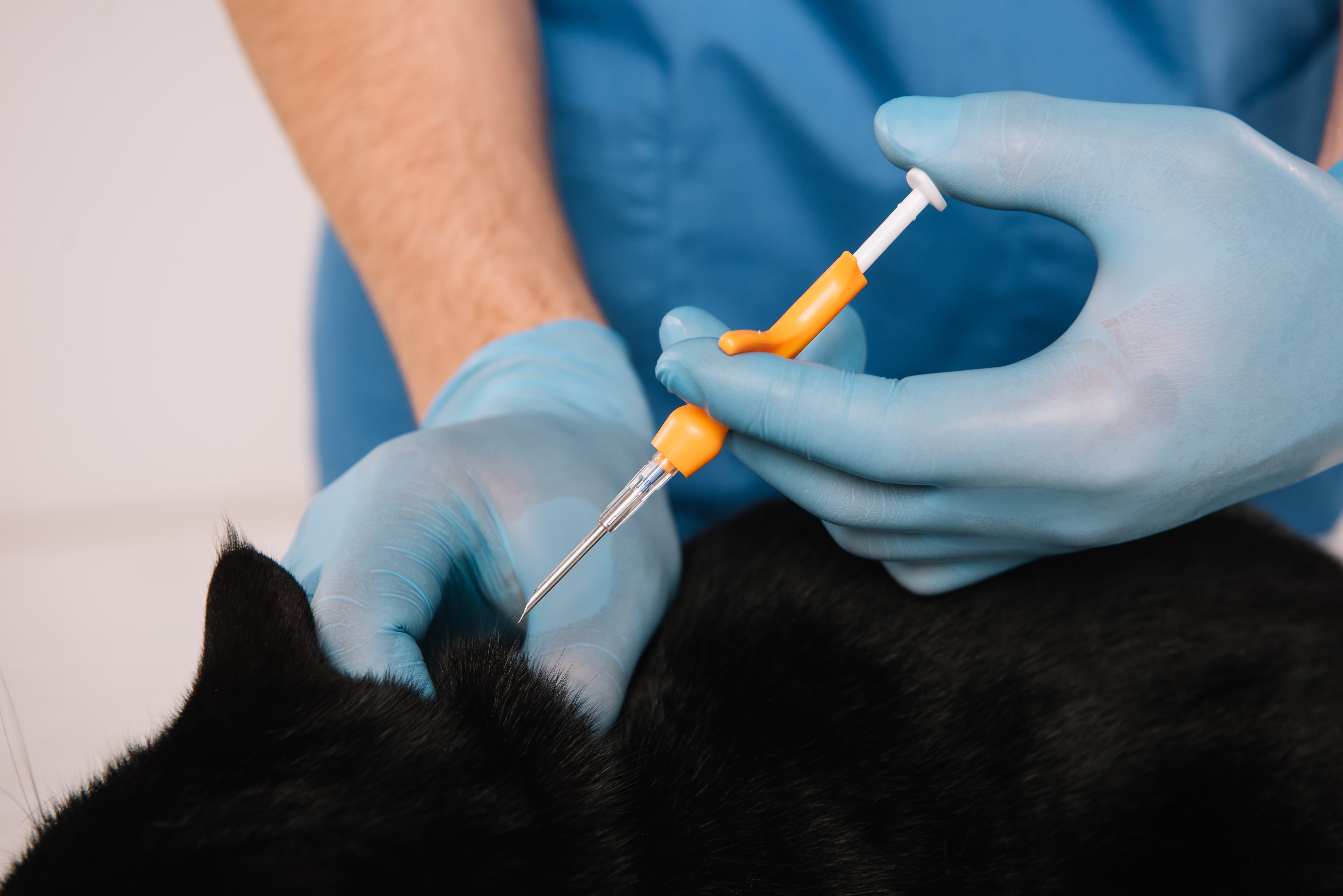When considering a GPS microchip for your beloved pet, safety concerns naturally come first. As pet owners, we want to ensure that any tracking technology we use not only keeps our furry family members safe but also poses no risk to their health and wellbeing. This comprehensive guide addresses the most common safety questions about GPS pet microchips and explains how modern tracking technology prioritizes your pet's health above all else.
GPS pet microchips represent the latest advancement in pet safety technology, combining satellite positioning with cellular communication to provide real-time location tracking for dogs, cats, and other companion animals. Unlike traditional RFID pet chips that only work when scanned, GPS microchips actively monitor your pet's location and can alert you instantly if they wander beyond safe boundaries.
Modern GPS pet trackers like the HALO system are specifically engineered for animal use, with every component designed to meet the unique physiological and behavioral requirements of our four-legged companions.

The most critical aspect of any implantable pet device is biocompatibility - ensuring that materials used will not cause adverse reactions in your pet's body. Quality GPS pet microchips utilize only medical-grade materials that have undergone extensive testing:
Borosilicate Glass Housing The outer shell of advanced GPS pet microchips is made from Type 1 borosilicate glass, the same material used in medical implants for humans. This glass is completely biocompatible and has been safely used in veterinary applications for decades. The glass housing is transparent, allowing veterinarians to visually inspect the device if needed.
Biocompatible Epoxy Sealing Internal components are sealed with medical-grade epoxy that meets international biocompatibility standards (ISO 10993). This creates a hermetic seal that prevents any interaction between the electronic components and your pet's tissues.
Long-Term Safety Testing Comprehensive biocompatibility testing includes cytotoxicity, sensitization, irritation, and systemic toxicity evaluations. These tests ensure that the device can safely remain in your pet's body for many years without causing any adverse reactions.
Modern GPS pet microchips are designed to be as minimally invasive as possible:
Pet owners often worry about electromagnetic fields (EMF) and radio frequency (RF) exposure from tracking devices. Modern GPS pet microchips are engineered with strict safety limits:
GPS pet microchips operate at extremely low power levels:
Specific Absorption Rate (SAR) measures how much electromagnetic energy is absorbed by tissue. Quality GPS pet microchips maintain SAR levels well below safety thresholds established for both human and veterinary applications, typically under 0.2 W/kg - far below regulatory limits.
Modern systems use carefully selected frequencies that minimize interference with your pet's biological functions while ensuring reliable communication with cellular networks and GPS satellites.
Advanced GPS pet microchips use thin-film lithium batteries specifically designed for medical applications:
Cutting-edge GPS pet microchips incorporate energy harvesting technology to extend battery life and reduce the need for battery replacements:
Modern GPS pet microchips are designed to be MRI-safe, allowing your pet to receive necessary medical imaging without device removal. Non-ferromagnetic materials ensure compatibility with magnetic fields up to 3 Tesla.
The glass housing and internal components are designed to be visible on X-rays, allowing veterinarians to easily locate and assess the device during routine examinations or medical procedures.
In the rare event that surgical removal becomes necessary, the compact size and biocompatible materials make the procedure straightforward for qualified veterinarians.
Quality GPS pet microchips are designed to integrate safely with your pet's subcutaneous tissue:
Advanced GPS pet microchips are built to last:

Properly designed GPS pet microchips have no impact on your pet's natural behavior:
Many GPS pet microchips include accelerometers that can provide valuable health insights:
Modern GPS pet tracking systems employ military-grade encryption:
Robust access controls ensure only authorized users can view your pet's location:
In emergency situations, GPS pet microchips can switch to rapid update modes:
Advanced systems allow you to set up virtual boundaries:
Many pets already have traditional RFID identification microchips. GPS microchips are designed to work alongside existing ID chips without interference. The two different technologies serve complementary purposes - RFID for identification when found, GPS for active tracking and prevention of loss.
The injection process is similar to routine vaccinations and takes just seconds. Most pets experience minimal discomfort, and any soreness typically resolves within 24-48 hours.
The subcutaneous placement in the scruff area, combined with the device's smooth surface and your pet's natural tissue response, keeps the microchip securely in place.
Modern thin-film batteries are completely sealed within the biocompatible glass housing. Multiple layers of protection prevent any possibility of battery contents contacting your pet's tissues.
Extensive biocompatibility testing specifically evaluates carcinogenic potential. Quality GPS pet microchips use only materials with established safety profiles and no known cancer risk.
GPS pet microchips are designed to operate independently without interfering with other medical devices or treatments your pet might need.

Always have GPS pet microchips installed by qualified veterinary professionals who can:
Regular veterinary checkups should include assessment of the microchip site to ensure continued healthy integration and proper function.
The HALO GPS pet microchip system represents the pinnacle of safe pet tracking technology, incorporating years of research and development focused specifically on animal health and safety. Every component, from the biocompatible glass housing to the energy harvesting system, has been engineered with your pet's wellbeing as the top priority.
Our commitment to safety extends beyond the device itself to include comprehensive testing, professional installation support, and ongoing monitoring capabilities that give pet owners complete peace of mind.

GPS pet microchips offer unprecedented safety and security for our beloved companions, and when properly designed and implemented, they pose no health risks to your pet. By choosing technology that prioritizes biocompatibility, uses medical-grade materials, and incorporates safety features throughout the design, you can protect your pet with confidence.
The investment in a quality GPS pet microchip like HALO isn't just about tracking technology - it's about ensuring your pet's safety while maintaining their health and happiness for years to come. With proper veterinary installation and ongoing care, GPS pet microchips provide the ultimate safety circle for your four-legged family members.